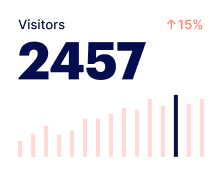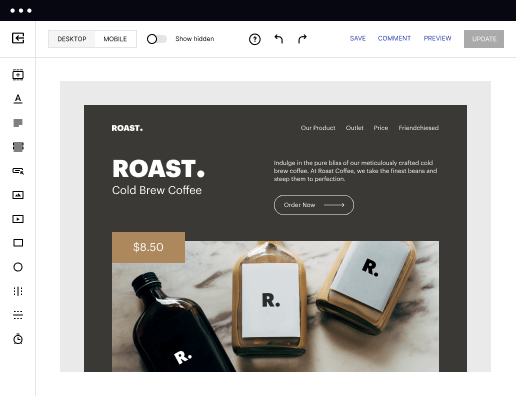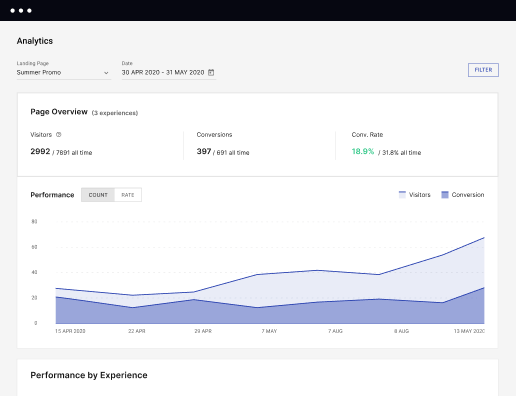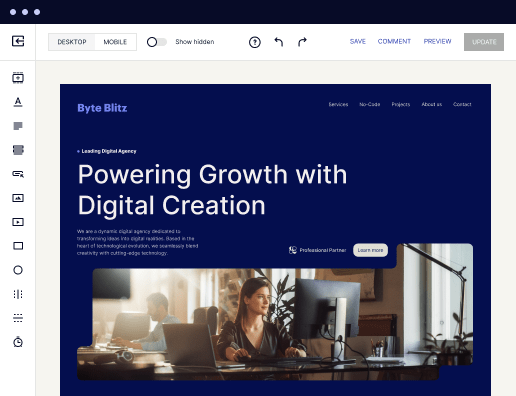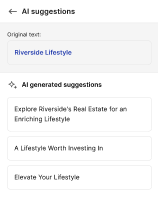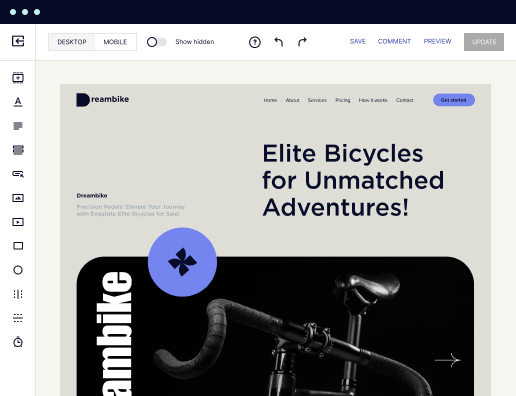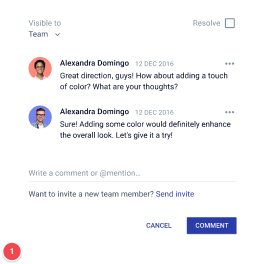Make your HTML page on Chrome OS: Simplify your workflow
Create your HTML page on Chrome OS and effortlessly optimize your web pages for diverse ads and audiences. Transform visitors into leads and sales while bolstering brand trust and nurturing customer loyalty.
How to Create Your HTML Page on Chrome OS Using Instapage
Creating an HTML page on Chrome OS can be an efficient process, especially with a powerful creation platform like Instapage. This guide will walk you through the steps to build a functional and visually appealing HTML page quickly, leveraging Instapage's user-friendly features designed to optimize landing page experiences across various sectors including business services, tech, and education.
Understanding Instapage's Platform for HTML Creation
Instapage serves as a flexible page creation tool that allows marketers to easily construct landing pages without needing extensive coding knowledge. With over 100 conversion-focused layout options available, users can create an HTML page tailored to their brand while ensuring optimal performance and user engagement.
- Flexible Layouts: Choose from various Instablocks that suit your project's needs, allowing for a quick setup.
- Built-in Optimization Tools: Use A/B testing, heatmaps, and analytics to understand user interactions.
- Personalization Features: Easily implement dynamic text replacement to cater to different audience segments.
Step 1: Setting Up Your Instapage Account
Before you start creating your HTML page, setting up your Instapage account is essential. Follow these steps:
- Sign Up: Visit the Instapage website and create an account using your email or social media account.
- Choose a Template: Browse through the extensive template gallery and select one that matches your vision.
- Familiarize Yourself with the Dashboard: Take a moment to explore the features available in your Instapage account.
Step 2: Designing Your HTML Page
With your account set up, it's time to begin designing your page. Utilize the following tips for success:
- Drag-and-Drop Functionality: Use the intuitive drag-and-drop editor to place elements where you want them without any coding.
- Dynamic Content Integration: Incorporate personalized content that speaks directly to each audience using the AdMaps feature.
- Preview Your Page: Regularly preview your design to see how changes affect the layout and user experience.
Step 3: Launching and Analyzing Your Page
After fine-tuning the design, here’s how to launch and track your page's performance:
- Publish Your Page: Click the publish button to make your HTML page live.
- Track Performance: Use Instapage's analytics dashboard to monitor user engagement and conversion rates.
- Iterate Based on Feedback: Make improvements to your page based on the analytics data and heatmaps.
By following these steps, you can create a compelling HTML page using Instapage that enhances conversion rates and fosters brand trust.
Ready to get started with your HTML page? Sign up for Instapage today and turn your landing page ideas into reality!
Get more out of Create your HTML page on Chrome OS
Improve your Quality Score with quick load technology for landing pages
Increase conversions with content that aligns with your ads and audiences
Achieve maximum ROI by scaling your marketing initiatives
Leading the way in building high-performing landing pages





FAQs
See how to create your html page on chrome os in action
Ready to skyrocket conversions?
Supercharge your ad campaigns with high-performing landing pages.
Get started
